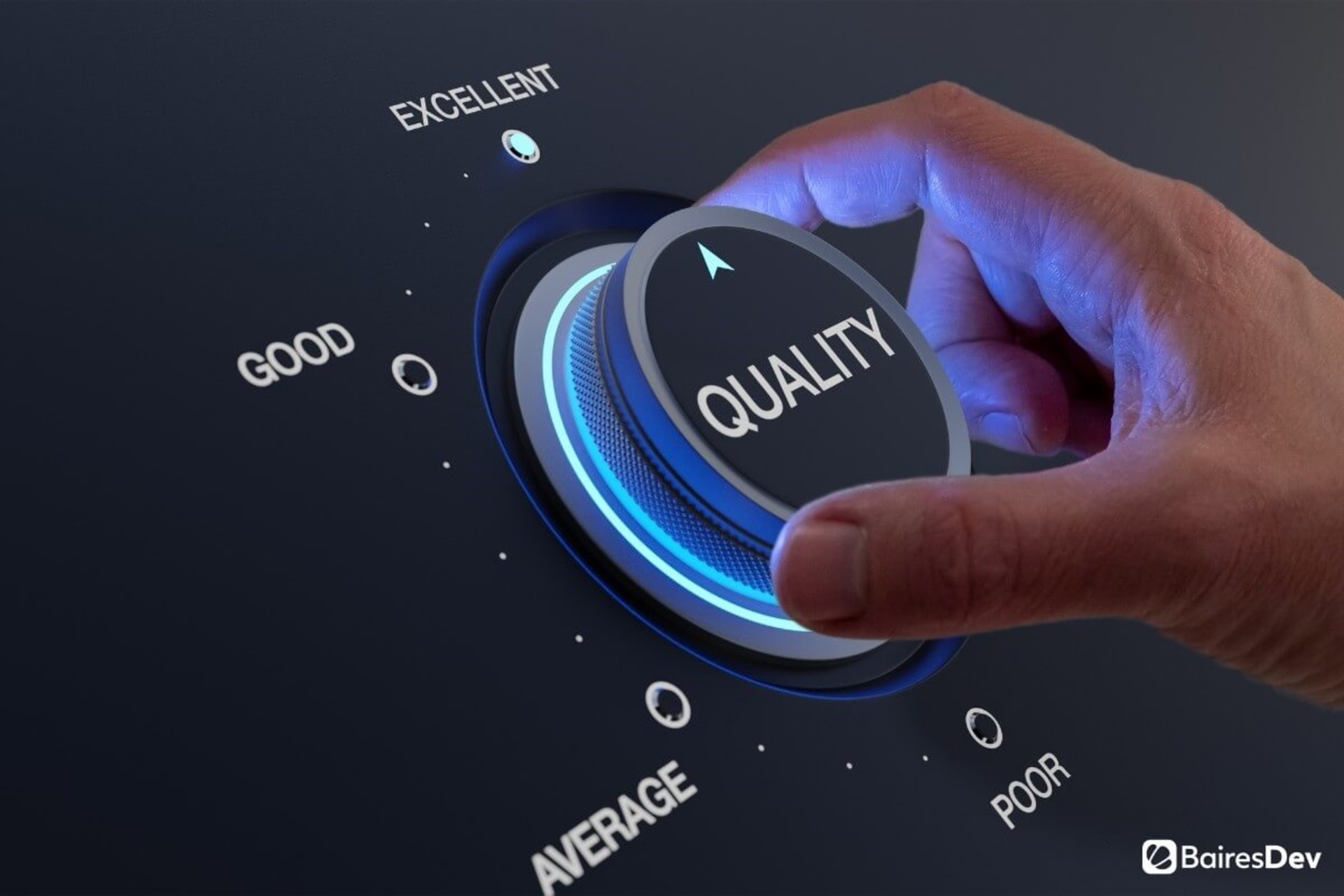It’s undeniable that the pandemic has gotten most of us thinking about the future and what it might look like. Maybe it’s our collective desire to put this all behind us or perhaps it’s the realization that a lot of the things we naturalized in pre-pandemic times just don’t work anymore. Be that as it may, we’ve seen a lot of discussions about the future throughout 2021 and we’ll likely see many more as we pivot towards a new normal.
In that context, it’s no surprise that the future of technology, in general, and of the internet, in particular, is on the table. The clearest example is how much people are talking about the metaverse, especially since Facebook (the company) renamed itself as meta to better align with what it believes to be the future of the internet.
As exciting and controversial as the metaverse is, there’s another hot concept that many believe shows what the internet might look like a couple of years down the road. I’m talking about Web3.
What’s Web3?
Basically, Web3 refers to the third “iteration” of the internet, which implies a different approach to how we build and share contents online. Web3 hints towards a paradigm change, similar to the 2 that came before it.
The first iteration of the World Wide Web came in during the 90s when websites were mostly static and interaction was mostly non-existent. Back then, people could only access a site to read and browse through its minimal contents (which were mostly texts and very few low-resolution graphics). We can see that internet as the Web1.
Web2 (or Web 2.0, as it’s most commonly referred to) came with the turn of the century when websites started to become more interactive and dynamic. This was the time when social media began to emerge, which meant a huge change in the online paradigm. Rather than being served content, users could now generate their own content and share it easily with others over blogs, online forums, and social networks.
While that happened approximately 20 years ago, we are still using that internet iteration. While our current cloud-based apps and platforms aren’t like anything we used back then, the principles remain the same—the internet today is about participation and connection with other people, a reign where content still feels as king.
However, it’s easy to see why so many people are insisting on the conscious adoption of Web3. The current internet is riddled with issues, from growing privacy concerns over data ownership and fair use to the widespread dissemination of fake news to cybercrime. It feels natural that we need to take a step forward to overcome these issues, which is why I talk about a “conscious adoption”—we need to make dramatic changes to our internet.
That’s precisely why so many experts are pushing for Web3—because they see it as an evolution that would provide users with a more robust and protected internet. How? While so far I’ve referred to Web3 only as a third internet iteration, the reality is that it’s more than that. In fact, Web3 implies using a decentralized web architecture that provides users with more control over everything they do online.
Being decentralized (by using an architecture inspired on the blockchain) allows Web3 to forgo any central authority, connecting networks of independent nodes instead. Thus, Web3 users could theoretically connect with one another without mediation while using their social content (and entire “avatars”) across sites.
The Long Road Ahead
As interesting as Web3 might sound, the reality is that we’re still far from widespread implementation. In a sense, Web3 has to face the same challenges that the metaverse will have to tackle. In other words, the new iteration of the internet will have to build and scale the necessary infrastructure to exist. There’s also the connection logistics and the agreements over web protocols and rules to govern any existing smart contract.
And then are the other potential paths for the internet to follow in the future. It’s highly likely that the metaverse is its biggest contender right now, mainly because of the big tech companies backing the metaverse up. However, Web3 and the metaverse aren’t necessarily rival concepts.
What’s more, the metaverse overlaps with Web3 in one crucial aspect: the possibility to move inside the internet with one single identity. In the metaverse, your avatar would have to stay the same and keep its traits wherever it goes, be that a Facebook digital lounge, an online casino, or a concert held by your favorite band. Web3 promises such an ability, as the identity remains with each user instead of “living” on a third-party server (like it happens today when users have multiple profiles across websites and platforms).
Given that shared principle, it’s possible to envision a future where the metaverse erects itself on top of a Web3 architecture. The question, however, pops up immediately—would the biggest tech players renounce their roles as gatekeepers and proprietaries? Mark Zuckerberg, Meta’s CEO, says that his company’s team intends to build for the metaverse, which implies that they are just building a part of a bigger, collaborative effort. Yet, the doubts remain.
As this quick glance surely showed you, Web3 is a nice idea that’s worth looking into but nothing else. In today’s landscape, it just stands as one potential future for the internet, one filled with interesting promises and incentives. Still, there are so many things to consider and so many actors at play that it’s hard to safely bet on it becoming the dominant paradigm in coming years.
Until tech companies, software engineers, users, nonprofits, and governments sit down to iron out the many discrepancies existing in the theory, it certainly feels like Web3 is a good idea with vast potential that sits at the end of a very long road.







